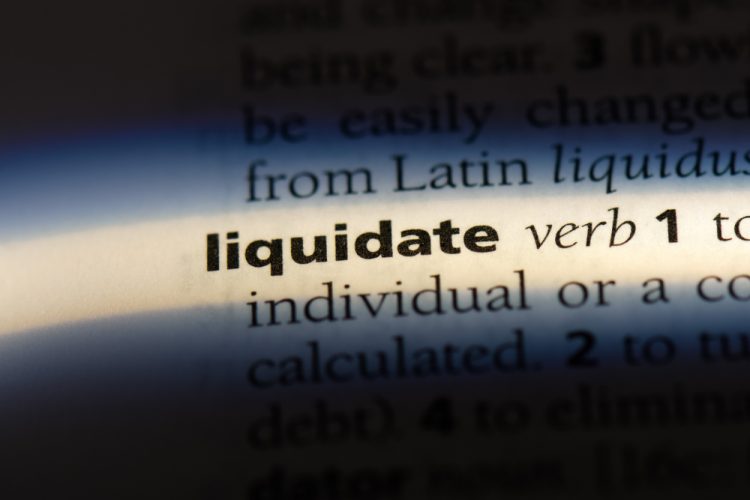With the increase of the cost of living, everyday normalities are becoming more and more expensive. Necessities such as filling up your car with fuel, the weekly food shop and buying other items for your children’s needs can all rack up the bills.
With all this going on, it is no surprise that there is an increase to the amount of businesses having to liquidate themselves. The hiring of staff has become a lot more difficult, too, and with higher paying jobs at larger corporations, everyone is going for those roles and resigning from lower paying jobs.
If you are in financial trouble or your business is approaching insolvency, then it is in your best interest to begin the process of liquidation.
Following on from there, here are a few tips on the different routes to liquidating your business, and how to prepare:
- Explore your options
There are three types of liquidation: a CVL, an MVL and Compulsory Liquidation. Each method is a different approach to liquidising and closing your business.
CVL and MVL are more flexible, and are done through choice, whereas Compulsory Liquidation is undertaken because there is no alternative.
- Understanding why you want/have to liquidate your business
There are certain aspects that you will need to know about your business to get the most out of the liquidation of your business. For instance:
- Is your company able to meet its long term debts and other financial contracts?
- What assets are owned through the company?
- What money is owed, and to who?
- Are the money problems temporary?
- Are investors threatening action/taking action?
- Who are the shareholders?
- How has this happened in the first place?
- Liquidating a company with no debts
This process should be straightforward. As your company has no money to be paid back, then your company will be dissolved and removed from the Companies House register.
All you need to do is simply sign and submit a DS01 form to Companies House.
Once everything goes through, and there are no objections, then your company will be officially liquidated.
- Liquidating a company that has debts
A dissolution will almost definitely be rejected if any debts remain, whether that’s to HMRC or a creditor.
If the company has no assets and still cannot pay off the debts, then the director/s will have to personally pay the debt off. This will mean that your company will have to go through a compulsory liquidation.
- The cost of liquidating a business
It is important to know that liquidating a company will cost you. A liquidation must be carried out by a licensed insolvency practitioner, meaning there will be fees to pay for for the individual.
The overall cost does depend, however. There are various factors that can affect this, such as the number of creditors/employees, assets and directorships.
- The time it takes
The process of liquidation should take approximately two weeks, however, it does depend on how your business is going into liquidation, whether it’s voluntary or compulsory.
- Starting again once liquidated
It is a tightrope when starting a business from scratch again once liquidated, but it is not impossible. You will have to follow a set of rules to avoid any mishaps with the courts:
- The name of the business you become Director/Manager of can not be the same or similar to your old business
- There is a possibility that HMRC will request a security deposit if your liquidated company was in debt
- You may have trouble securing credit due to your history.
Overall, the earlier you can prepare and the more informed you are, the easier the process will be for you.
Source by geekinsider.com





























